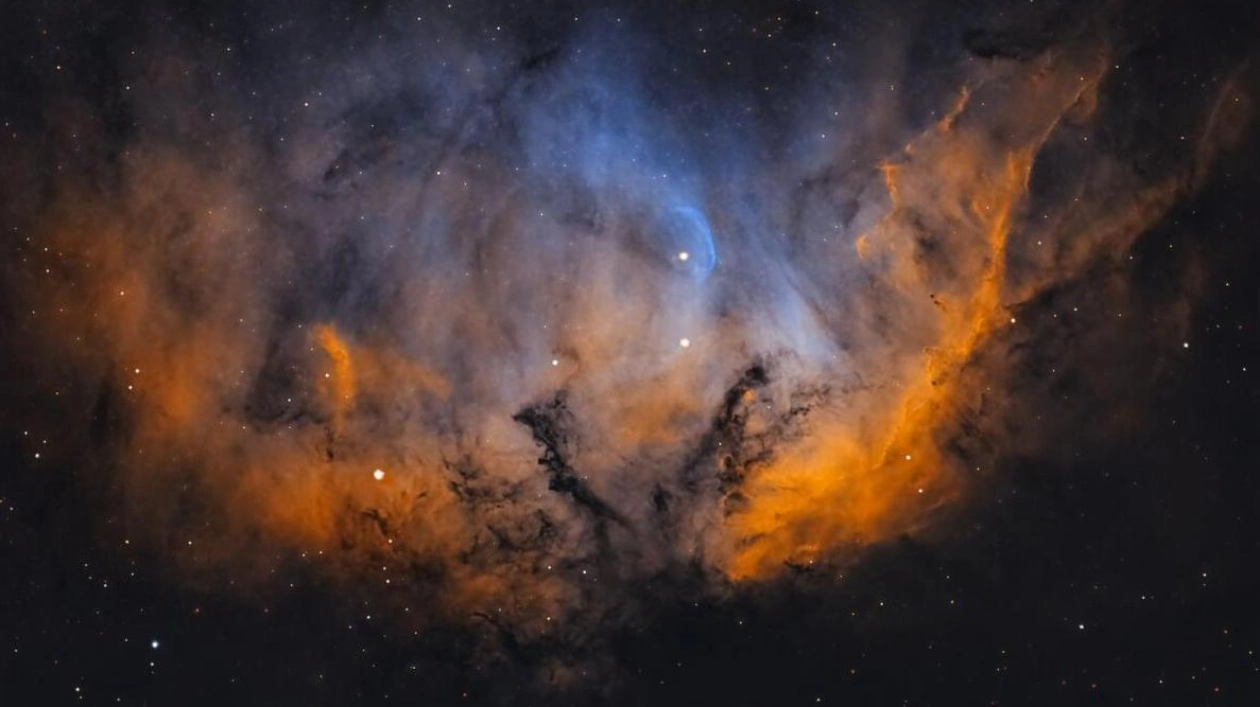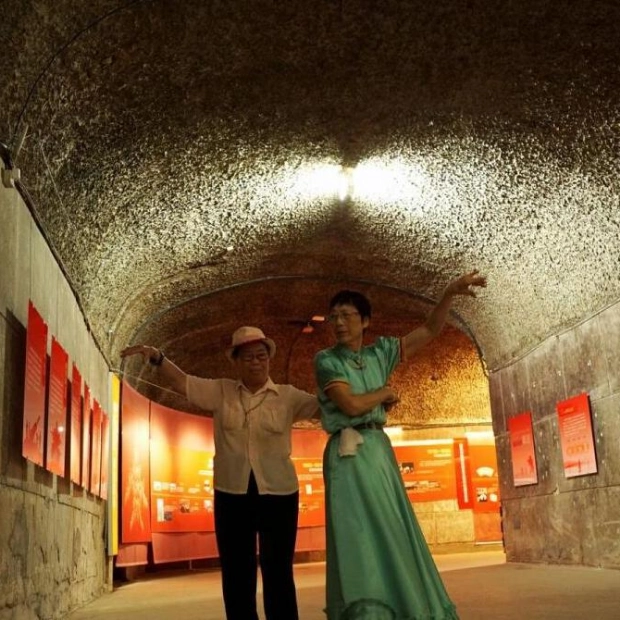UAE astronomers have captured stunning images of a unique nebula known as the Tulip. Named for its resemblance to the flower, this emission nebula is situated in the Cygnus constellation. The Al-Khatem Astronomical Observatory in Abu Dhabi shared the primary image of the nebula along with its enlarged sections on social media.
The observatory revealed that the Tulip nebula is approximately 6,000 light years from Earth, with light taking about 70 years to traverse from one end to the other. Composed predominantly of hydrogen gas, it also contains small amounts of oxygen and sulfur. The observatory explained that "ultraviolet radiation from nearby stars ionizes the gas, causing it to appear in shades of green, blue, and red." The blue bubble resulting from ionization by the bright star at the top right of the central image is particularly striking.
The Tulip Nebula's image was captured using the 14-inch Al Khatem Observatory main telescope in the Abu Dhabi desert. The composite image comprises 236 individual images taken through hydrogen (green), oxygen (blue), and sulfur (red) filters, each exposed for three minutes, totaling about 12 hours of exposure. Post-processing rendered the hydrogen gas in orange and the oxygen gas in blue.






